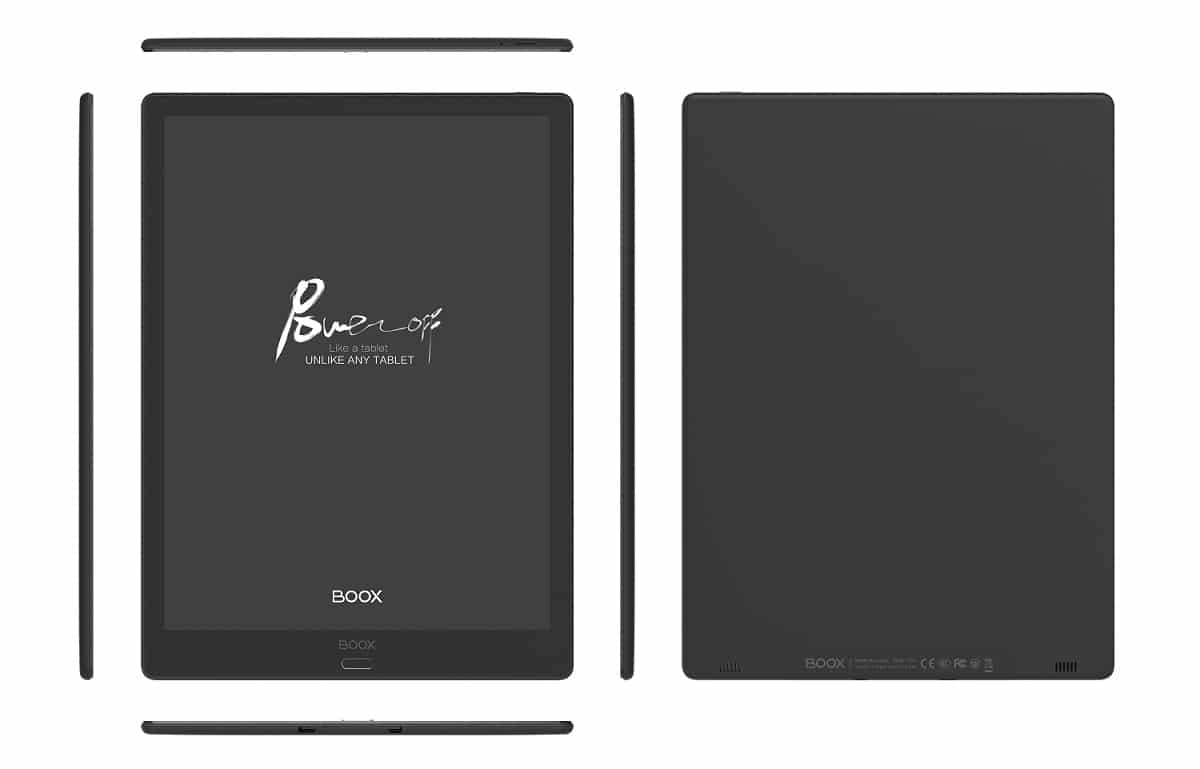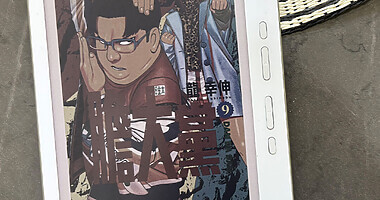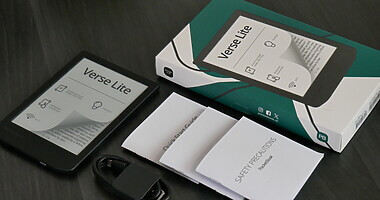
Do you love the smell of yellowed paper, the feel of parchment against your skin, the weight of a leather-bound volume in your hands? Bibliophiles like myself would agree that there is nothing that can truly replace the genuine feel of a physical book. The traditional ‘book’ form that we love so much has been around for centuries, so it is hard to think of it as something replaceable. And yet in a few short decades, modern technology has been making an ambitious attempt to do the very thing.
LCD screens, AMOLED displays, and E Ink readers have entered every home and become commonplace, bringing about a noticeable shift. For the first time in hundreds of years, the way we interact with text is changing. Much like our ancestors of long ago gave up stone tablets and transitioned to sheaves of papyrus, we are now moving from printed paper tomes to electronic books.
When e-books first became popularized in the 2000s, the world was certain that we would never go back again. Many thought that e-books would eventually eliminate the need for physical texts and force print books into extinction. It’s true that electronic books have become immensely popular, giving rise to the e-reader industry in part. However, data collected by Statista proves that print books are not going anywhere any time soon.
Despite the dramatic increase in usage of e-books, most people around the globe still buy physical novels, school textbooks, magazines, and all other sorts of publications. According to Statista, some of the most populous countries continued to favor print books over digital ones in 2020. The average number of books purchased in physical form exceeds ebooks bought by readers in every single country from the data collected by Statista.
Even in India, the country reported to have the highest number of readers in the world, print books are favored more than e-books. Whether we move on to the East or the West, we can see a similar story. Customers buy far more printed books compared to electronic ones in the U.S. and UK. Since such a diverse portfolio of regions has been included in the stats, it’s safe to say that e-books are not going to kill print books just yet.
The only region that comes close to suggesting competition between the two mediums is China. The percentages of e-books and print books bought by Chinese people are close, 24.4% and 32% respectively. Nonetheless, the gap is still something to be reckoned with so we can’t call this a battle for survival. If anything, it seems to be more of a healthy competition with physical books in the lead. The fact remains that print books are thriving and people are buying significantly more of them as opposed to electronic books.
For now, we can rest assured that the newfound fame of e-books does not spell disaster for print books. Sure, things will get tougher for traditional publishing houses and competition will get fierce. But at the end of the day, when we’re tired of staring at screens and are looking for a more sensory and authentic reading experience, good ol’ ink and paper will always be the winner.
Namerah is a Technology Journalist with experience at leading online publications like Android Central. She has a passion for all things tech and gaming, and has been an honorary Goodreads librarian since 2011. When she isn't writing, she can be found chasing stray cats and dogs in the streets of Dhaka or slaying dragons in the land of Skyrim. Email her at namerah@goodereader.com





